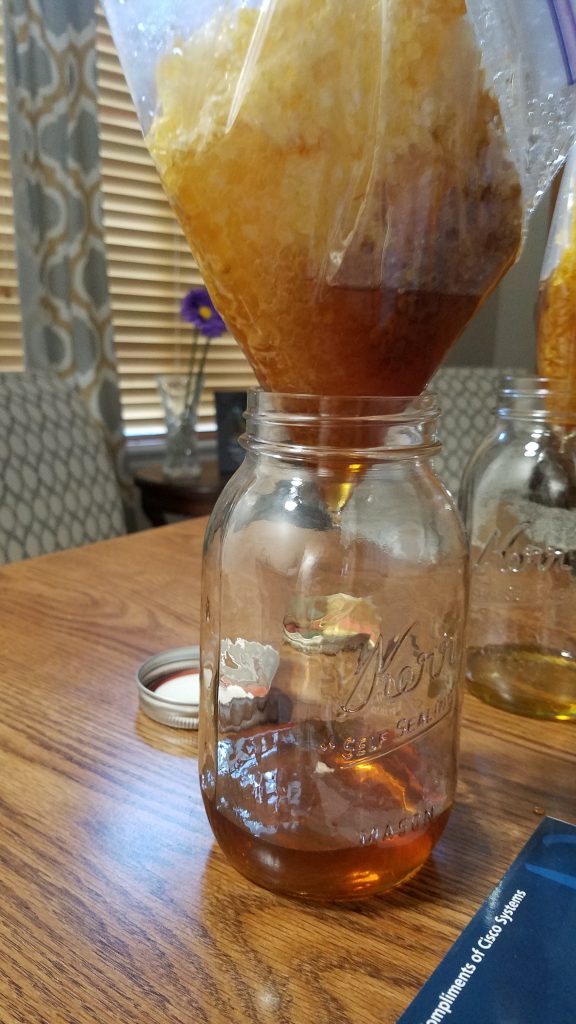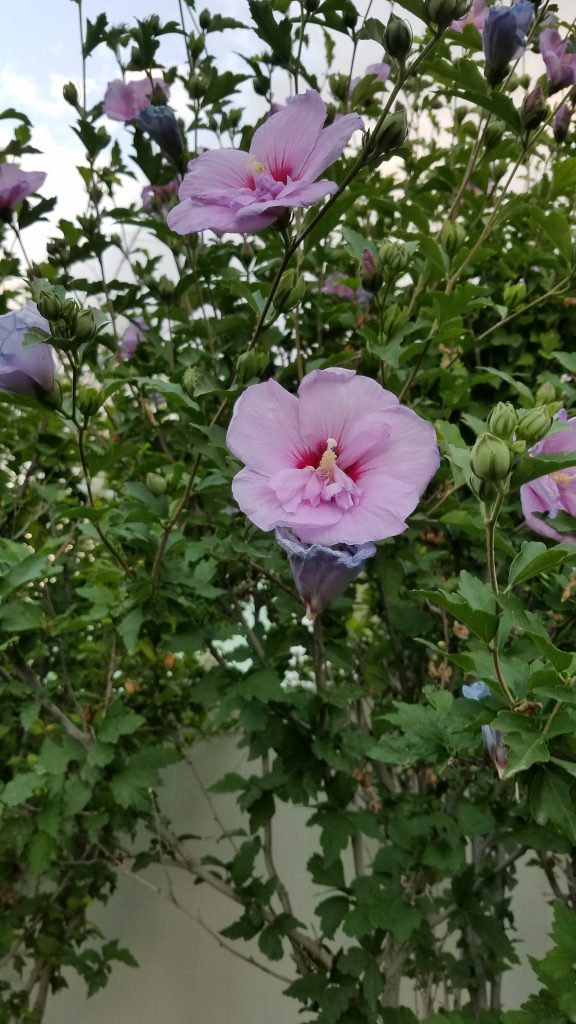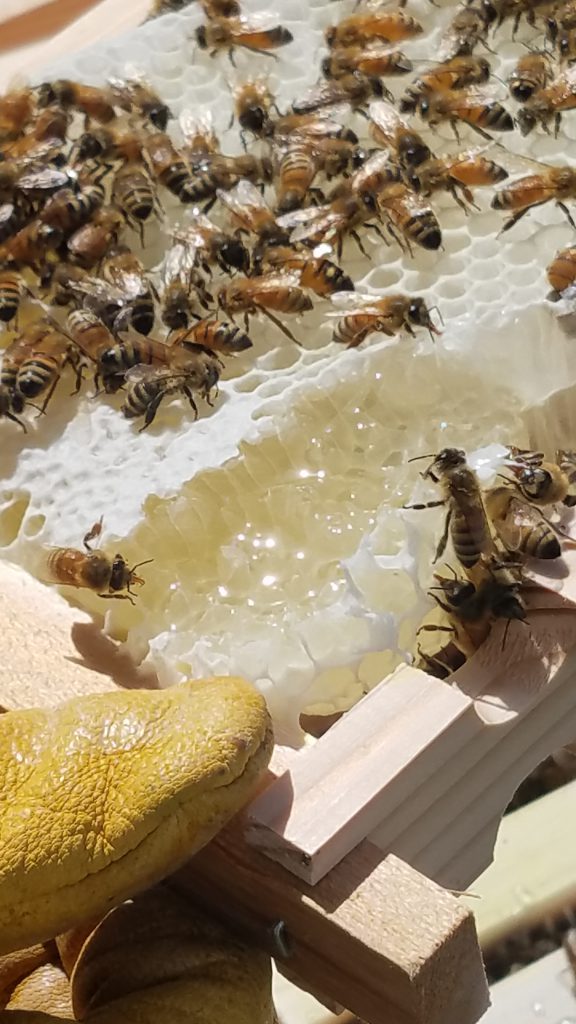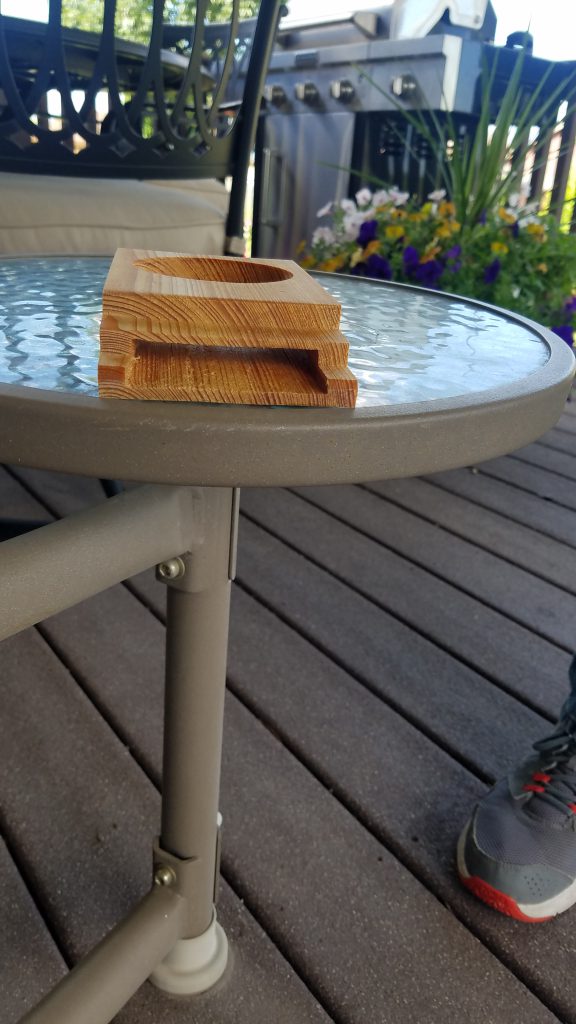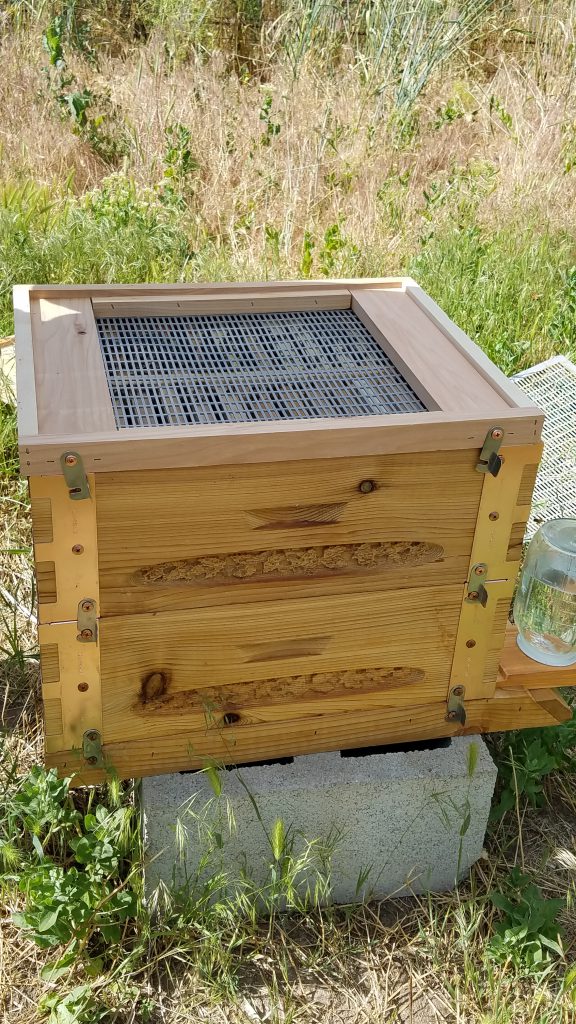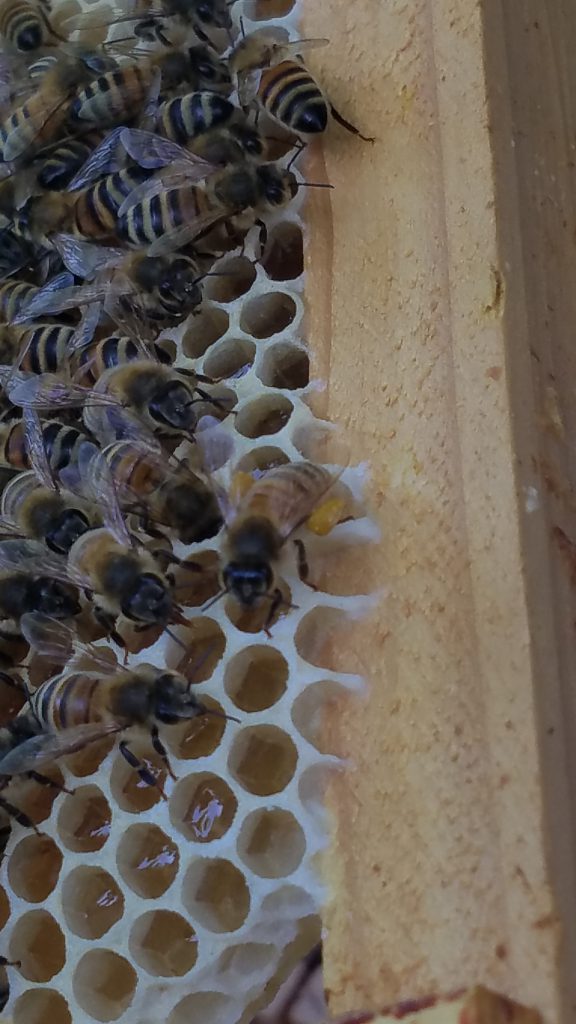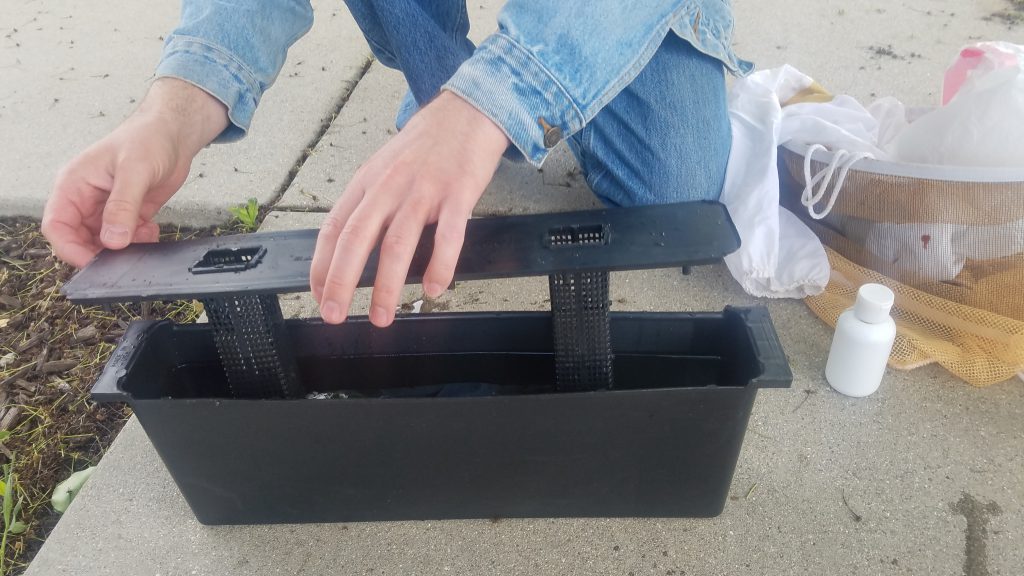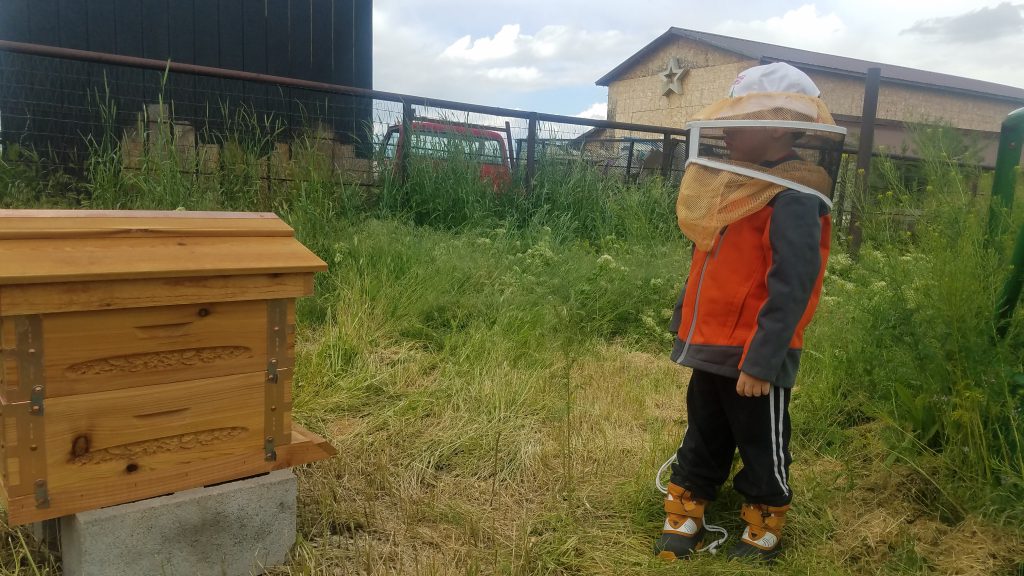Things are getting pretty exciting around here!

The little beehive is getting another box. Paul decided to raise another queen.

The new apartment will have its own entrance at the back of the hive.
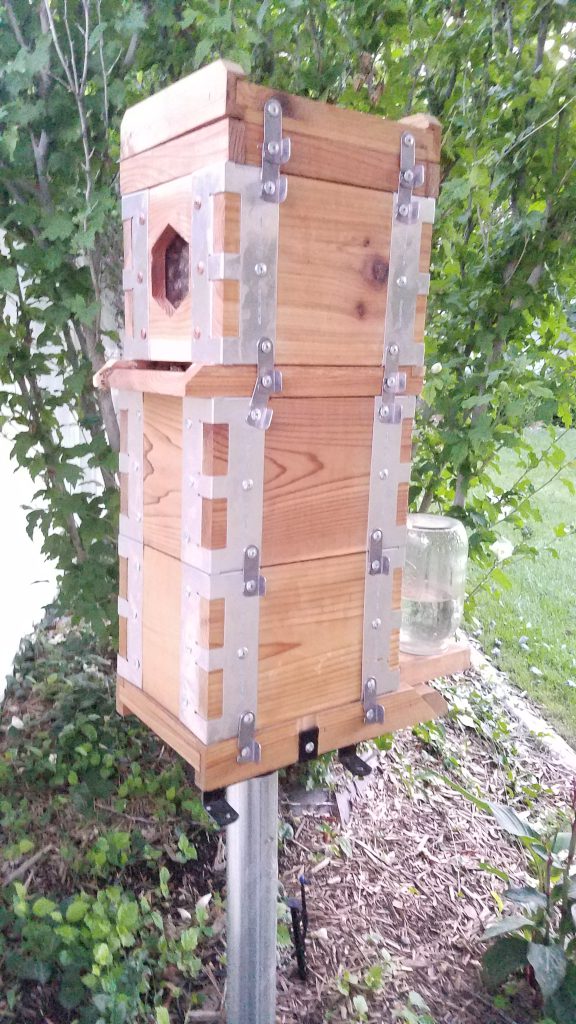
This box has an observation window which is kind of fun. You can see in the hive without disturbing the bees.

Here it is. The apartment building. Paul took some frames full of brood from the big hive and transplanted the frames in the top box of the small hive.
We will see in a week or two if they made a queen!






